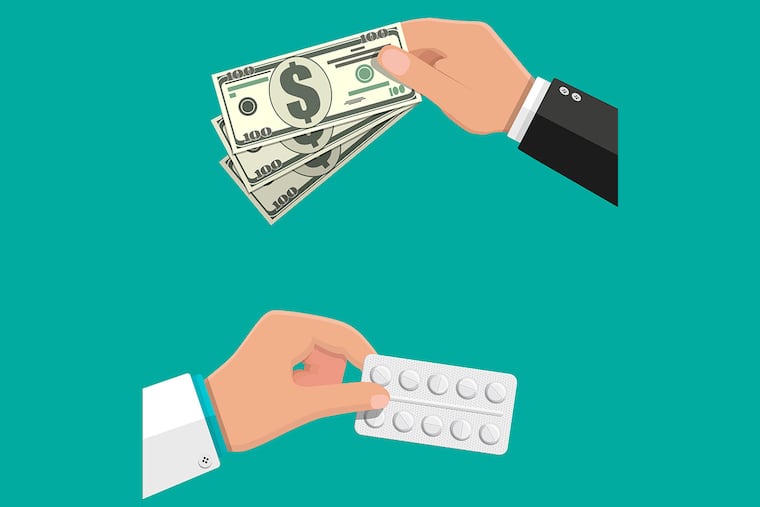Pricey prescription drugs may have cheaper, generic versions overseas
From U.S. pharmacies, patients may have no alternative to pricey brand-name medications. But in some cases, a cheaper generic exists in another country.

From U.S. pharmacies, patients may have no alternative to pricey brand-name medications. But in some cases, a cheaper generic exists in another country.
